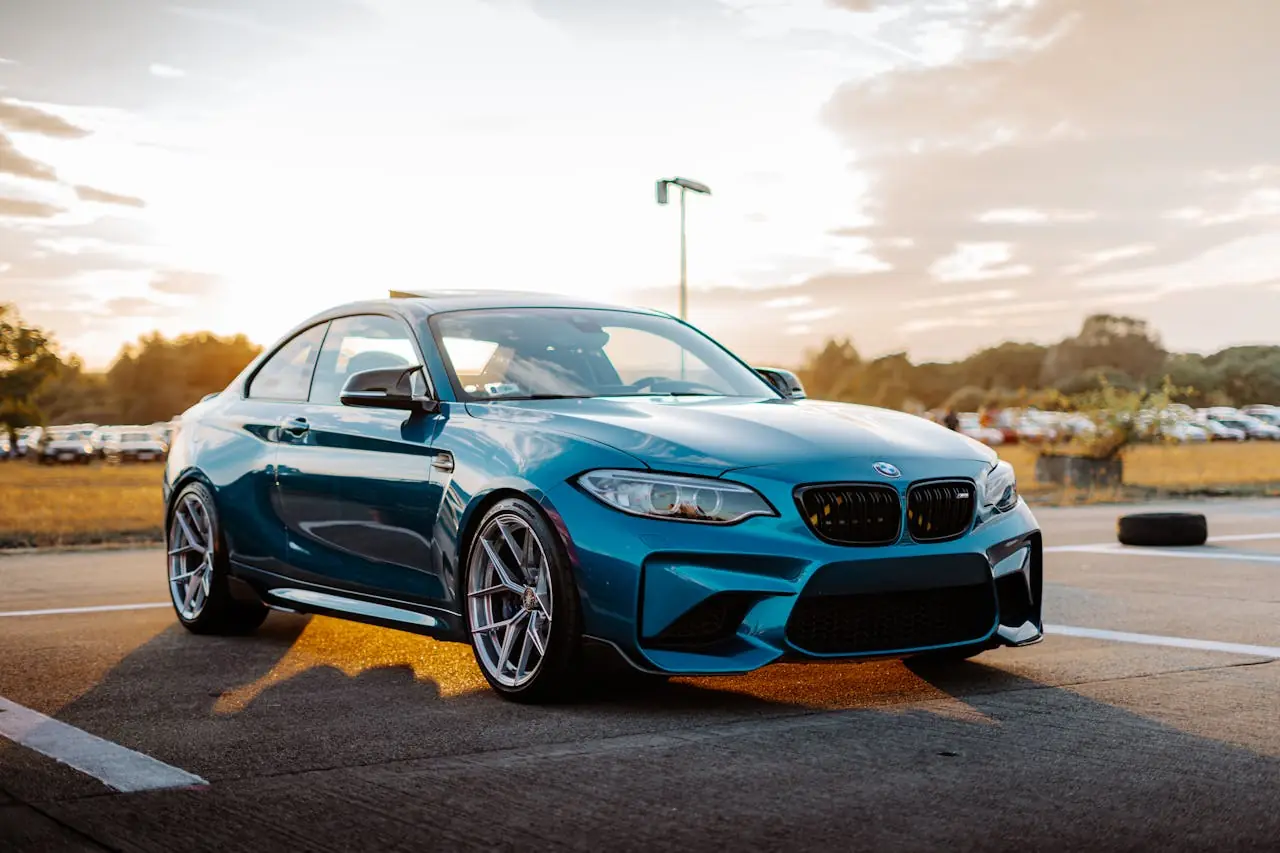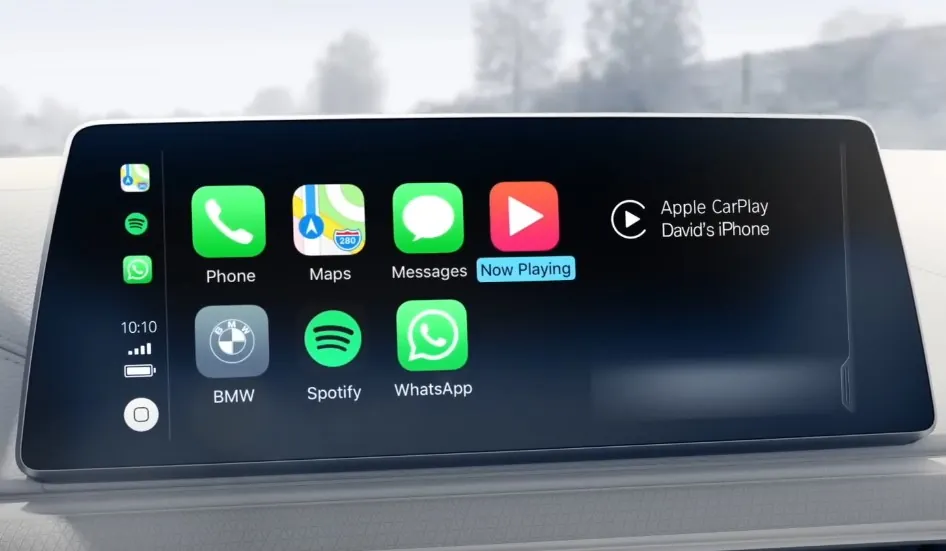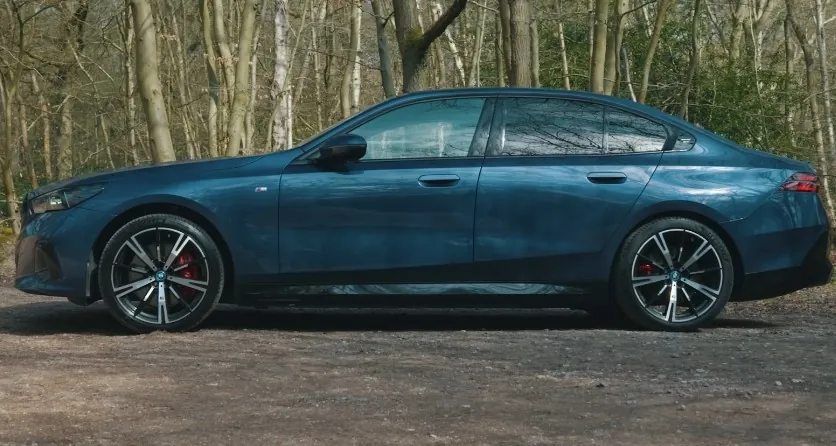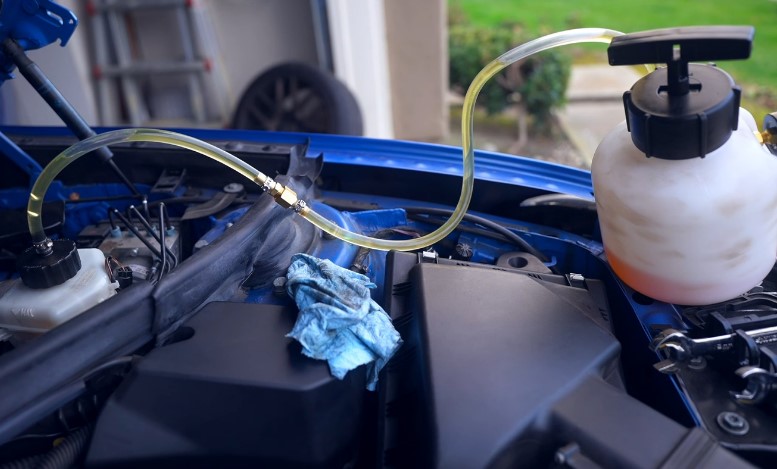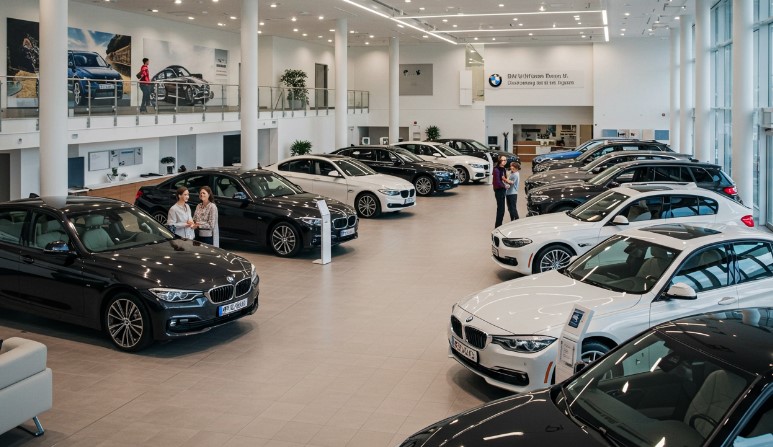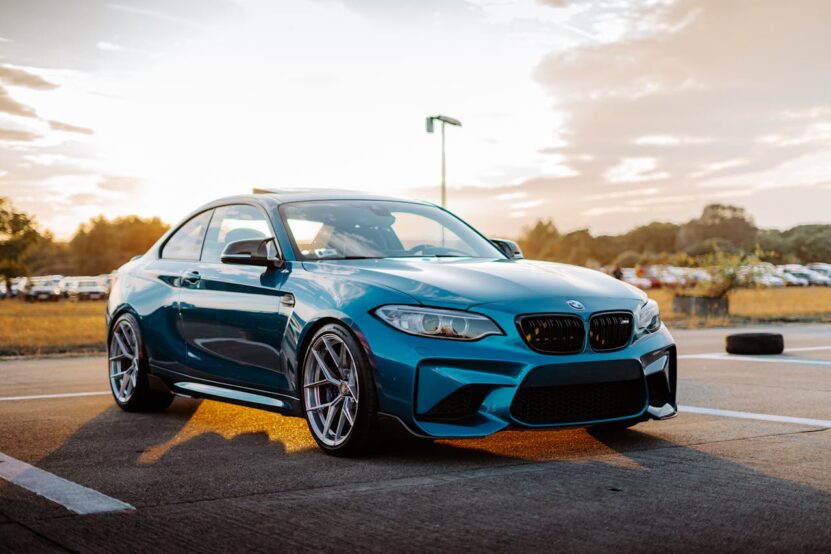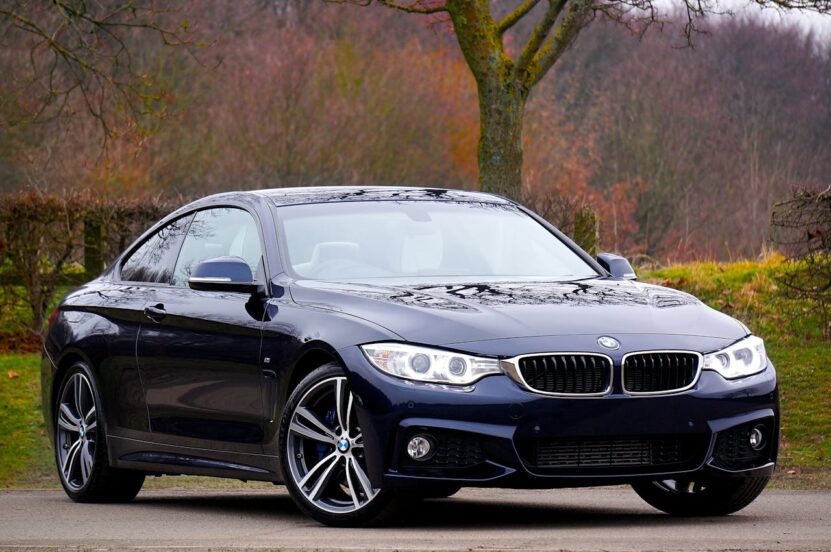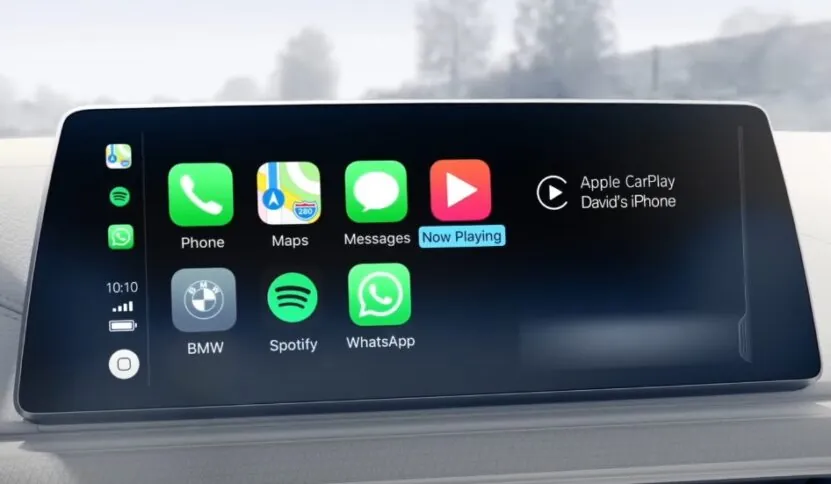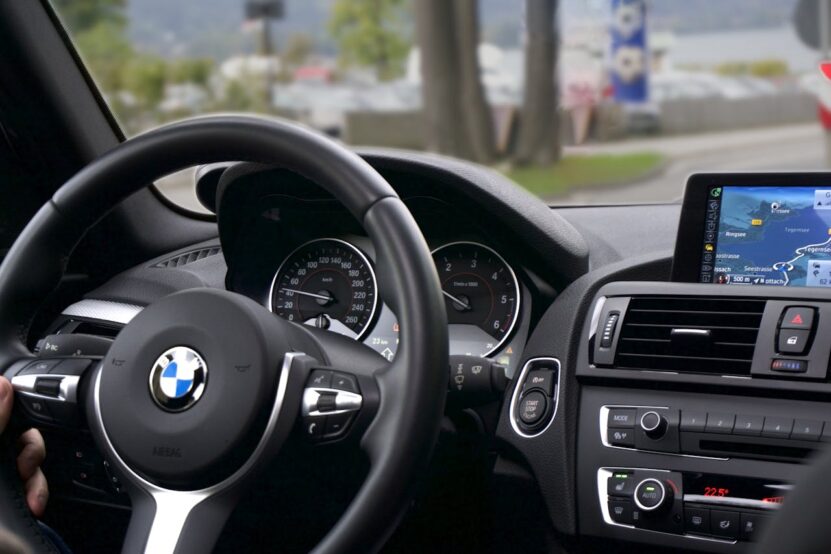
Share Post:
When you hear the word “BMW,” what comes to mind? For most people, it’s precision German engineering, the autobahn, or that distinctive kidney grille slicing through traffic.
But here’s something that surprises a lot of owners: not every BMW is made in Germany. That badge might scream Bavarian pride, but your 3 Series or X5 could just as easily have rolled off a production line in Spartanburg, South Carolina—or San Luis Potosi, Mexico.
So, how do you actually know where your BMW was built? Is it truly “Made in Germany,” or does the story start somewhere else? Let’s break it down.
Table of Contents
ToggleKey Highlights
-
Check the 11th character of your VIN to find your BMW’s assembly plant.
-
German-made BMWs use plant codes like A, B, E, or V.
-
Use tools like mdecoder.com or the NHTSA VIN Decoder for quick results.
-
BMW builds cars worldwide—including the U.S., Mexico, China, and South Africa.
Your BMW’s Origin Matters
BMW—short for Bayerische Motoren Werke—is one of the world’s most recognized luxury carmakers. With a legacy rooted in Germany, it’s built its reputation on refined performance, premium interiors, and top-tier engineering.
But here’s the thing: BMW also operates over 30 manufacturing and assembly plants across the globe. Knowing where your car was built isn’t just trivia.
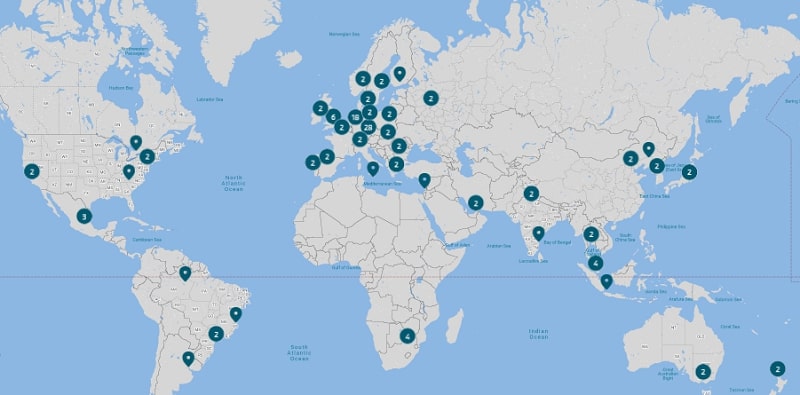
It can impact the following:
- Resale value — German-built BMWs sometimes command a premium in the used market.
- Engineering specs — Suspension setups or emissions systems might vary by region.
- Warranty and service — Some components may differ slightly depending on the country of assembly.
- Sentimental value — For enthusiasts, there’s just something special about that “Made in Germany” origin.
So, how do you check?
Step 1: Find Your BMW’s VIN
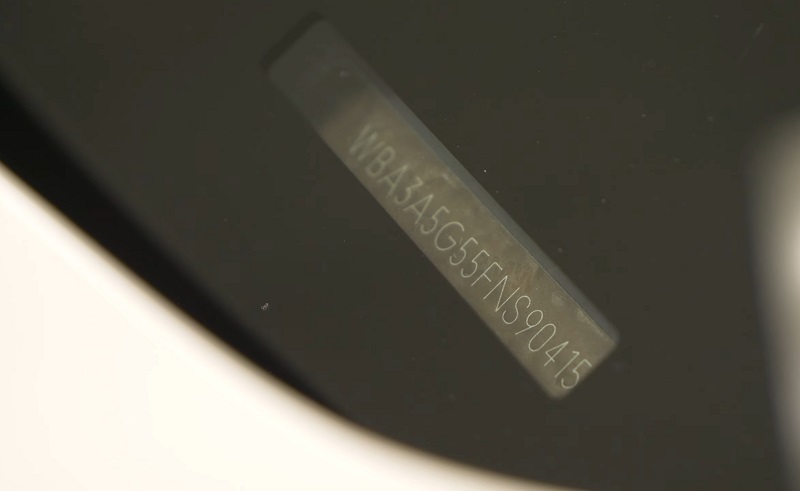
First things first—grab your car’s VIN. That’s your Vehicle Identification Number, a 17-character alphanumeric code that acts like your BMW’s fingerprint. Here’s where you can find it:
- Driver’s side dashboard: Look through the windshield near the base.
- Driver’s side door jamb: Open the door and check the sticker or metal plate.
- Vehicle documents: Title, registration, insurance papers—all should list the VIN.
Make sure you have the full 17 characters. A partial number won’t cut it.
Step 2: Decode the VIN’s Hidden Clues
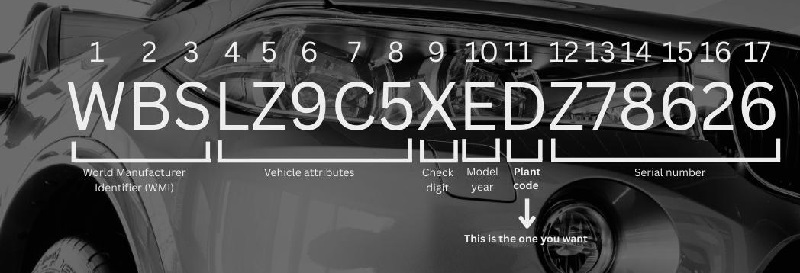
That string of letters and numbers isn’t random—it actually contains a lot of information. Here’s how it’s structured:
- Characters 1–3: World Manufacturer Identifier (WMI)
- Characters 4–8: Vehicle attributes
- Character 9: Check digit
- Character 10: Model year
- Character 11: Plant code — this is the one you want
- Characters 12–17: Serial number
German Plant Codes (Character 11)
| German Plant | Location | Plant Codes |
| Munich | Munich | A, F, K |
| Dingolfing | Dingolfing | B, C, D, G |
| Regensburg | Regensburg | E, J, P, 5 |
| Leipzig | Leipzig | V, 7 |
So, if your VIN’s 11th character is one of the codes above, there’s a good chance your BMW was assembled in Germany.
But—and this is important—it’s not foolproof. That character should indicate the plant, but for clarity, you’ll want to verify it with a proper decoder.
Step 3: Use a VIN Decoder (The Easy Way)
If manually decoding sounds like a headache, don’t worry. There are some great tools out there that do the work for you—fast, free, and reliably.
Recommended VIN Decoders
NHTSA VIN Decoder
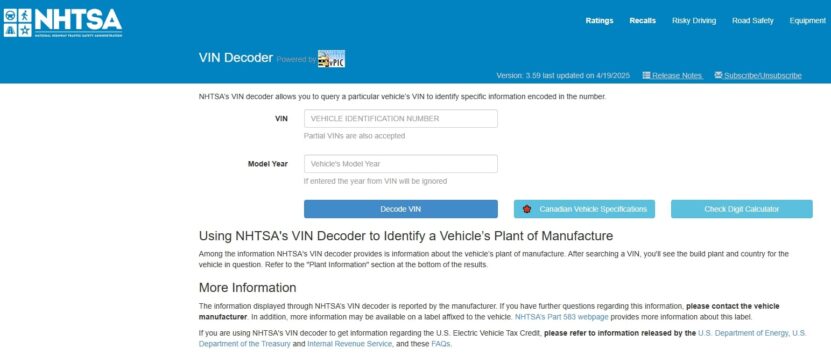
- U.S. government-backed tool
- Very straightforward
- Go to: vpic.nhtsa.dot.gov/decoder
- Enter the full VIN and click “Decode VIN”
- Look for “Plant City” and “Country” at the bottom
mdecoder.com
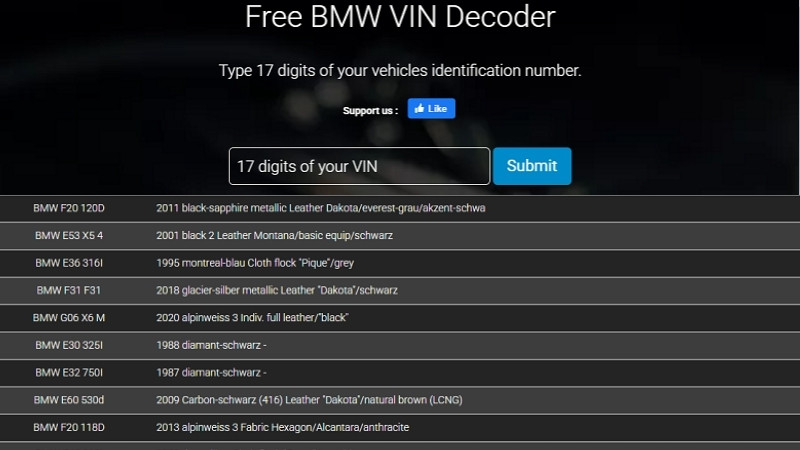
- Designed specifically for BMWs
- Includes detailed specs, build options, and photos
- Great for enthusiasts or second-hand buyers
bimmer.work
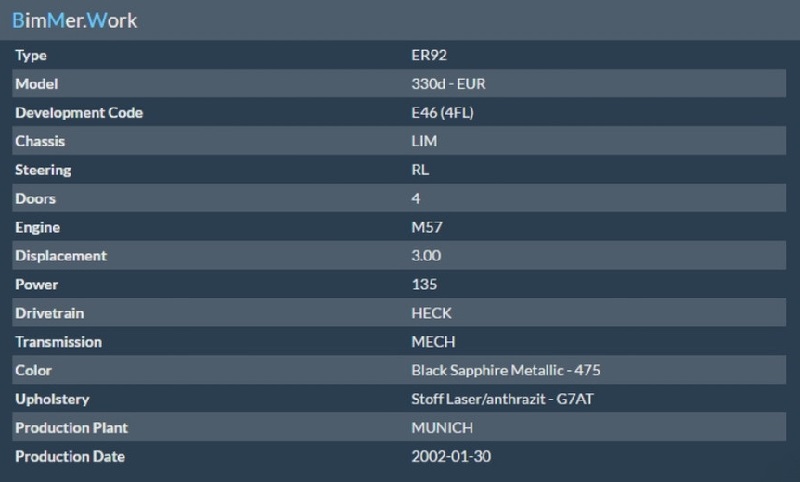
- Covers BMW, MINI, ALPINA, and Rolls-Royce
- Breaks down build sheets and equipment codes
faxvin.com
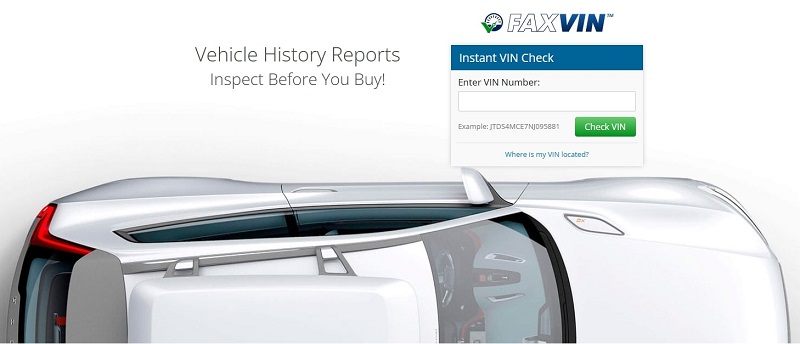
- Free and beginner-friendly
- Includes build plant and production country
Use any of those, plug in your VIN, and check where your car was assembled.
Step 4: What the Results Mean
After decoding, you’ll see something like:
Plant: Dingolfing
Country: Germany
That means your BMW was indeed made in Germany—score! If it says:
Plant: Spartanburg
Country: United States
Then your car came from BMW’s massive U.S. facility, and that’s not a bad thing either. It just means the build location aligns with the company’s global production strategy.
BMW’s Global Production Network
BMW doesn’t just build cars—they orchestrate a global operation. The company has factories in:
- Germany
- United States
- Mexico
- China
- South Africa
- Brazil
- India
- Thailand
- Hungary
Let’s focus on the key plants and what they make.
German Factories (The Heritage Sites)
| Factory | Location | Annual Capacity | Main Models |
| Munich | Munich | ~100,000 | 3 Series, 4 Series Gran Coupe, i4, M3 Touring |
| Dingolfing | Bavaria | ~232,000 | 4–8 Series, iX, 5 Series, 7 Series |
| Leipzig | Leipzig | ~192,000 | 1 Series, 2 Series |
| Regensburg | Regensburg | ~260,000 | 1 Series, X1, X2 |
| Berlin | Berlin | ~200,000 | BMW motorcycles |
BMW also has major parts manufacturing in Eisenach and Wackersdorf, so even vehicles assembled abroad often carry German components.
Outside Germany (Strategic Assembly for Global Markets)
| Plant Location | Country | Main Models |
| Spartanburg | USA | X3, X4, X5, X6, X7, XM |
| San Luis Potosí | Mexico | 3 Series Sedan, 2 Series Coupe |
| Shenyang (Brilliance) | China | X1, X3, 3 Series, 5 Series, X5 (local) |
| Rosslyn | South Africa | X3 |
| Manaus | Brazil | Motorcycles |
| Chennai | India | 3 Series, 5 Series, X1, X3, X5 |
| Rayong | Thailand | Regional models |
| Debrecen (in progress) | Hungary | iX3 EVs (planned launch) |
BMW carefully aligns manufacturing with regional demand. SUVs for the U.S. market? Built in South Carolina. Sedans for China? Built in Shenyang.
That strategy keeps logistics lean, costs down, and customer delivery times short.
Why It Matters Where Your BMW Was Built
1. Craftsmanship Perception
There’s a prestige to “Made in Germany.” It’s tied to engineering, tradition, and precision. Some buyers specifically seek out German-built models for that reason.
2. Local Adjustments
Cars made in different regions are often slightly tailored to local driving styles or regulations. Suspension setups in Germany may feel firmer. Emissions equipment in the U.S. may differ from a European spec.
3. Tax Credit Eligibility
In the U.S., certain electric and hybrid vehicles assembled in North America may qualify for federal tax incentives. For instance, a 330e made in Mexico might be eligible, while a German-made version may not.
4. Resale & Collectibility
Some markets value German-made BMWs more—especially older M models or rare configurations. If you’re eyeing resale or collecting, it might be worth checking.
5. Personal Pride
Sometimes, it’s just about what feels right. For a longtime BMW fan, having a vehicle straight from Bavaria just hits different.
Extra Tips for Owners
- Double Check: If you get unclear results from a decoder, try a second tool. VIN decoders can differ slightly in how they read data.
- Ask BMW: Call customer service or your local dealership with your VIN. They can confirm production details.
- Know the Model’s Production History: Some BMWs are only made in Germany (like the M3 Touring). Others, like the X5, are almost exclusively built in Spartanburg.
- Stay Current: BMW’s manufacturing map changes with new investments and market shifts. If you’re shopping for a 2025 model, plant assignments may differ from previous years.
So… Is Your BMW Made in Germany?
It’s easy to assume, but now you can actually check. Your BMW’s VIN holds the answer—especially that 11th character. Match it with the German plant codes or run it through a VIN decoder for peace of mind.
And even if it turns out your car came from the U.S. or Mexico, don’t worry. BMW holds its global plants to exacting standards.
But if you’re a purist, a collector, or just someone who wants to know where their machine was born, the details matter—and now you know how to find them.
Related Posts:



